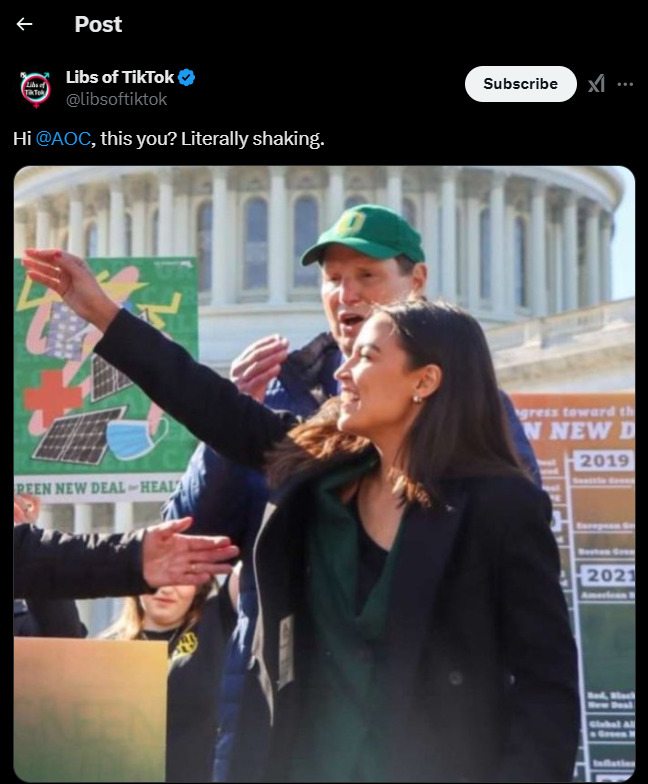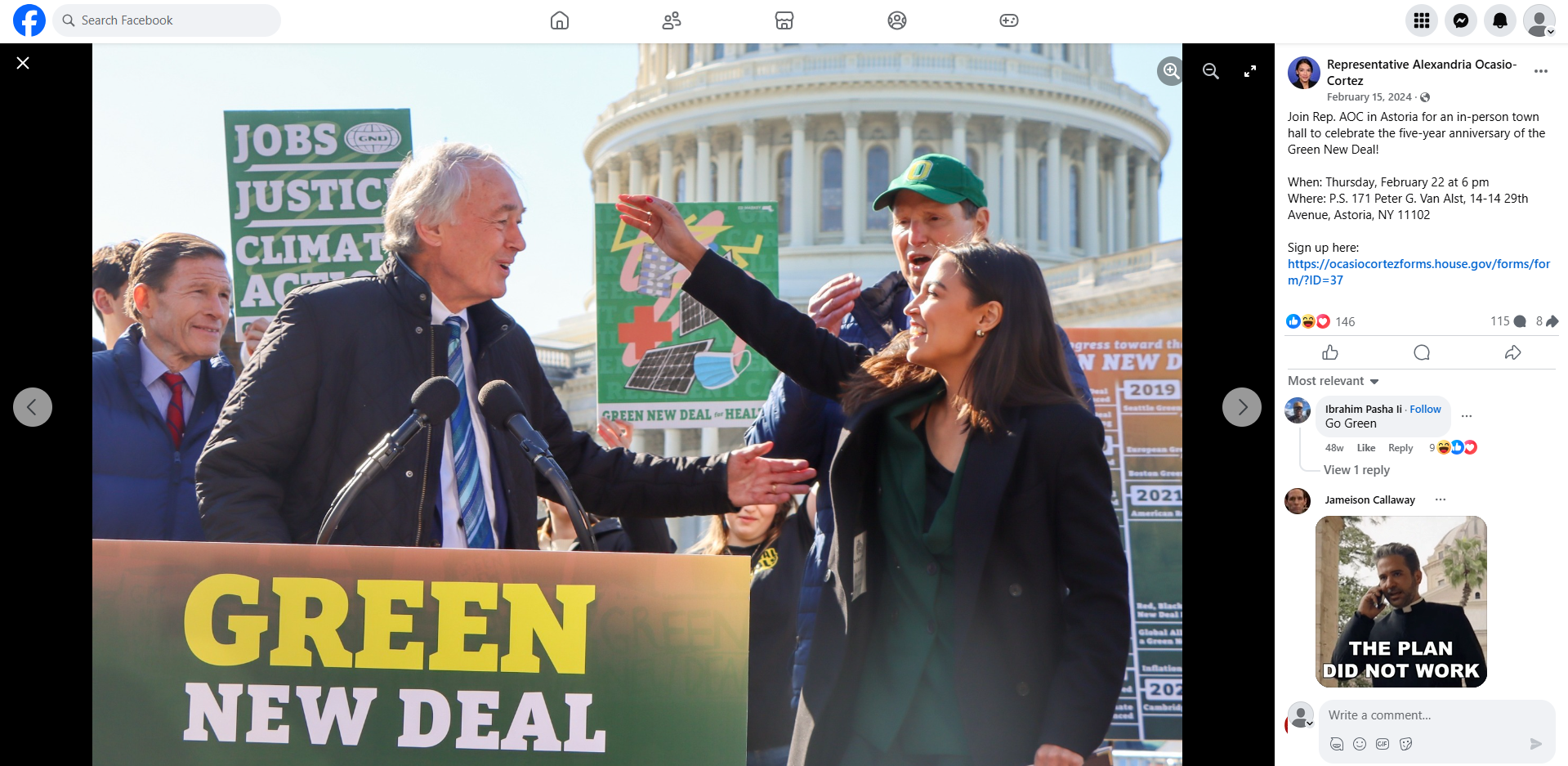Elon Musk Nazi Salute Claim: Fact Vs. Fiction - Latest News
Did a seemingly innocuous gesture at a high-profile event ignite a firestorm of controversy, or was it a manufactured tempest in a teacup? On January 20, 2025, the swirling debate around Elon Musk's alleged salute during President Donald Trump's second inauguration revealed a world grappling with optics, symbolism, and the relentless churn of social media.
The event, a landmark occasion, was swiftly overshadowed by online speculation. Video clips, meticulously dissected and amplified across various platforms, purported to show the tech entrepreneur, Elon Musk, offering a gesture that bore an unsettling resemblance to the Nazi salute. The implications were immediate, the accusations stark, and the ensuing fallout a masterclass in how quickly perception can become reality in the digital age. After the gesture, the focus remained on Musks words, where he spoke about critical issues of the day, such as safe cities and secure borders.
The immediate reaction was a mix of condemnation and defense. Some outlets, seemingly wary of offending a figure as influential and potentially litigious as Musk, chose their words carefully, describing the gesture as an "awkward" moment or a potential "blunder." Others were less equivocal, interpreting the action as a clear act of support for a particularly divisive ideology. The medias framing of the incident, from the initial observation of an "odd gesture" to the more direct assessment of a "full on sieg heil," demonstrated the spectrum of opinions at play.
The ambiguity of the situation, the lack of definitive proof, and the swiftness with which narratives took hold, made it difficult to arrive at any concrete conclusions. The Anti-Defamation League (ADL), for instance, offered a nuanced view, suggesting the gesture was "awkward" rather than intentionally malicious. Yet, the very suggestion that the appearance was accidental failed to quell the controversy. The core issue, therefore, wasnt just the gesture itself, but the context within which it occurred. The inauguration, the political climate, and Musk's own history of provocative statements all contributed to the heated debate.
A significant aspect of the controversy was the speed with which the story spread and the role of different media outlets in shaping public opinion. CNN, in particular, faced scrutiny for its coverage, replaying the video of the gesture and dissecting it, perhaps unintentionally, in a way that amplified the controversy. This, in turn, fueled accusations of bias, highlighting the pervasive issue of media credibility in an era of increasingly polarized views.
The incident also demonstrated the limitations of fact-checking in the face of deeply held beliefs and rapidly evolving information. The denial of the claim by figures such as Representative Alexandria Ocasio-Cortez (AOC) did little to stem the tide of speculation. This highlighted a critical point: in a world where information is readily available, it is also often filtered through pre-existing biases and allegiances.
The debate around Musks gesture, and the subsequent attempts to interpret it, also exposed the inherent challenges of assigning intent based on visual cues. A gesture, devoid of context, can be a powerful signifier, but it can also be misconstrued or misinterpreted. What may seem to some like an unequivocal symbol of hatred could, to others, be an accidental act, an unfortunate misstep, or even a misunderstanding of the visual context.
The incident at the Capitol One Arena, and the subsequent online frenzy, served as a stark reminder of the power of symbolism and the risks of drawing hasty conclusions. Without a clear understanding of the gesture's intent, any interpretation risks falling into the trap of confirmation bias, where individuals seek out information that confirms their pre-existing beliefs. The narrative, therefore, quickly bifurcated, with Musks supporters downplaying the incident and his detractors seizing on the opportunity to highlight his controversial past.
One of the main reasons cited to defend Musk was that there was no historical background of him being part of such a group. The gesture, in the absence of definitive evidence, ultimately reflected the deeply divided political climate and the challenges of finding common ground in an increasingly polarized society. The controversy also raised questions about the role of public figures and their responsibility in shaping the narratives around them.
The response from various stakeholders, including the media, political figures, and the public, showcased the myriad ways in which a single event can be interpreted and manipulated. The rapid spread of the story, its amplification across social media, and the subsequent debates illustrated the enduring power of symbolism and the persistent difficulty of discerning truth from fiction in the digital age. As the dust settles, it's clear that the incident served as a reminder that, in a world saturated with information, context, critical thinking, and a degree of empathy are essential for understanding the complexity of the events that shape our lives.
| Attribute | Details |
|---|---|
| Full Name | Elon Reeve Musk |
| Date of Birth | June 28, 1971 |
| Place of Birth | Pretoria, South Africa |
| Nationality | South African, Canadian, American |
| Education | University of Pennsylvania (B.A. in Physics, B.A. in Economics) |
| Occupation | Entrepreneur, Business Magnate |
| Known For | Co-founder of PayPal, SpaceX, Tesla, Neuralink, The Boring Company |
| Net Worth (as of October 2024) | Approximately $220 Billion (estimated) |
| Spouses | Justine Wilson (m. 20002008), Talulah Riley (m. 20102012, 20132016) |
| Children | 10 |
| Notable Achievements | Revolutionizing the electric vehicle industry, advancing space exploration, and pioneering sustainable energy solutions. |
| Controversies | Numerous, including tweets, business practices, and public statements. |
| Website (For Reference) | Tesla Official Website |
The incident at the Capitol One Arena, for example, became another flashpoint in the ongoing debate over Musks public persona. Regardless of his true intentions, the gesture was amplified by his critics and the media outlets. The backlash highlights a crucial issue: the power of visual symbolism in a world where images can quickly go viral, and where their meaning can be readily contested.
The allegations that Musk gave a Nazi salute were quickly rebuffed by many, including those who defended the claim as misinterpretation. These defenders were quick to provide alternative explanations, such as the gesture being an accidental movement or a misunderstanding of the context.
The issue underscores the challenges of distinguishing between fact and speculation in the digital age. In an era of misinformation and the relentless spread of fake news, the need for accurate reporting and critical thinking is more important than ever. The Musk controversy highlights the potential for visual cues to be misinterpreted and weaponized. The need for thorough investigation before rushing to judgement cannot be overstated.
The incident served as a reminder of the enduring power of symbolism in a world increasingly mediated by technology. From the choice of words to the gestures that accompany them, the actions of public figures are constantly scrutinized. It underlines the importance of taking a pause, considering context, and seeking out multiple perspectives before forming an opinion.
The controversy, in its essence, speaks to a larger set of issues: the proliferation of misinformation, the role of social media, and the challenges of maintaining a civil discourse in a divided society. The lessons from the event will linger long after the initial shockwaves subside, reminding us to approach information with a critical eye and a willingness to understand.
The incident that took place on January 20, 2025, was much more than just an event about a gesture. It was a reflection of societal divisions, a reminder of the importance of responsible information consumption, and a testament to the enduring power of symbolism in the 21st century.
The reactions and the counter-reactions only served to deepen the chasm between various factions. Those who saw the gesture as a simple act of enthusiasm and those who saw it as a deliberate act of hate. These differences, fueled by political divides and social biases, made any sort of objective analysis difficult to achieve. One thing, however, was evident: the impact on public perception was profound, and the incident will continue to fuel conversations about the responsibilities of public figures and the media's role in shaping public discourse.
The episode also underscored the risks inherent in making quick judgments. Without a clear understanding of the gesture, any interpretation runs the risk of falling into a confirmation bias. Those who already had a negative view of Musk were more likely to interpret the gesture in the worst possible light. Others, those sympathetic to him or his cause, were more likely to dismiss it as insignificant.
The incident involving Elon Musk and the perceived Nazi salute during President Trump's inauguration celebrations on January 20, 2025, serves as a powerful case study in the complexities of the modern media landscape. It reflects the potential for symbols to be misinterpreted, for narratives to be quickly formed, and for public opinion to be easily manipulated. The incident, and the ensuing debate, underscore the necessity of responsible reporting, critical thinking, and empathy in a world where information flows at an unprecedented pace.
While the world continues to grapple with the lasting effects of the controversy, one thing remains clear: in this era of hyper-connectivity and instantaneous communication, the ability to discern truth from misinformation, to interpret symbols with nuance, and to engage in respectful dialogue is more vital than ever. The story of Elon Musk and the controversial gesture is a lesson on the importance of critical thinking.



Detail Author:
- Name : Noemie Romaguera
- Email : florian87@baumbach.com
- Birthdate : 2001-05-09
- Address : 637 Kassulke Crescent Suite 327 Annettafort, TX 56101-2094
- Phone : 757.658.2919
- Company : Hansen-Veum
- Job : Photoengraving Machine Operator
- Bio : Culpa cupiditate qui ut cumque dolore aut ullam. Mollitia ut quia recusandae. Tenetur rerum ut ipsa autem quasi dolorem.